Beverly Tyler
Growing up in Setauket, first in my grandmother’s house and post office and then in the family home that dates to about 1740, I was aware that my ancestors had lived there for four generations. However, I was not conscious of the details of those families, nor did I realize that the material collection of those four generations was still in the house, packed, in most cases, carefully away in trunks, chests, barrels, boxes, tins and other assorted containers.
My mom died in August of last year, and my family members and I began the process of preparing for an estate sale of the contents of the house. We didn’t have to concern ourselves with the house itself as Mom made a wonderful deal with the Three Village Community Trust, which will eventually take ownership of the house and three acres.
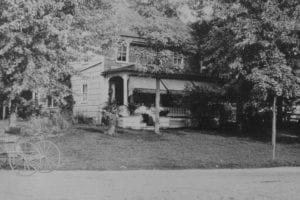
As we began opening trunks, boxes and closets, we discovered clothing, china, glassware, photographs and many other objects dating from the 19th century and even a few items dating to the 18th century. One of the discoveries was music composed and written by my great-grandfather, George Washington Hale Griffin, who worked at various times with both Christy’s and Hooley’s Minstrels in New York City and Chicago. I even discovered at least one piece of church music he wrote.
While I was growing up, I learned, through her letters home, about my great aunt, Mary Swift Jones, who voyaged to China and Japan from 1858 to 1861, in a 150-foot bark built in East Setauket Harbor by her Uncle William Bacon, whose father left England in 1796 to come to Long Island to work in the Blue Point Iron Works. His journal entries were among family papers I researched, even traveling to his hometown in Derbyshire, England, to discover where he came from and why he left. Many of these archival papers and artifacts, dating to the last three centuries, have been given to various Long Island museums and historical societies, while others are to be included in the estate sale.
What I didn’t realize was that the first two generations to live in the house were direct ancestors of my wife Barbara and that the original part of the house had just three bedrooms, which was home to families that each had five children.
When the house and farm were sold to my ancestors in the first decade of the 19th century, it became home to two generations of nine children, still in a home with three bedrooms. It was not until 1879 that an addition was added with two additional bedrooms upstairs, well after my grandfather and six of his eight siblings had married and moved on.
“When the house and farm were sold to my ancestors in the first decade of the 19th century, it became home to two generations of nine children, still in a home with three bedrooms.”
I knew from an early age that my great-grandfather, Charles B. Tyler, and my two unmarried great aunts, Annie and Corinne, had remained in the house their entire lives. My family ran a general store for about 100 years in front of our house on the corner of Main Street and Old Field Road. After Charles died in 1899, Annie ran the post office, except for two terms of the President Cleveland administration when the postmaster position was given to party loyalists, and Corinne ran the general store. In the 1930s they closed the store and donated the building to the local American Legion post. The legion moved the building up Main Street where it sits today near the Setauket Methodist Church.
I treasure the knowledge that my ancestors left so many records of their existence. However, many of the individual photographs and photo albums, especially those dating to the 19th century, are of people I do not recognize and are, for the most part, unidentified. Only their clothing, hair styles and poses give hints to their time period and possibly their identity. Everyone I meet who has come face to face with family material from the past says the same thing, “I wish I had asked more questions when I had the opportunity.”
There are many avenues to explore to discover more about the people we love and the ancestors we know so little about. Take the time to learn more about your heritage and the history of the community where you live and label your photographs. The Three Village Historical Society and the Emma S. Clark Memorial Library are both good places to start, with helpful people who have the time, the talent and the desire to help you discover the links to your family and community history.
Beverly Tyler is the Three Village Historical Society historian and author of books available from the society located at 93 North Country Road, Setauket. For more information, call 631-751-3730 or visit www.tvhs.org.

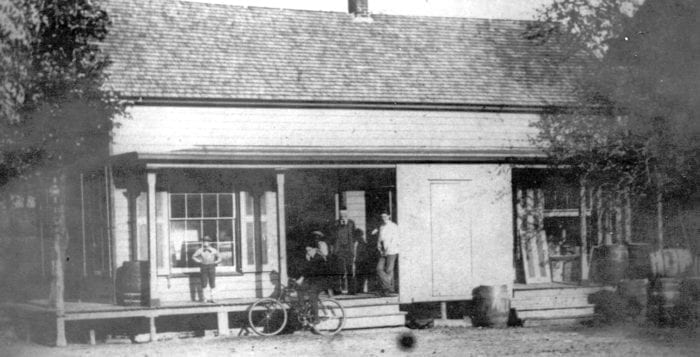

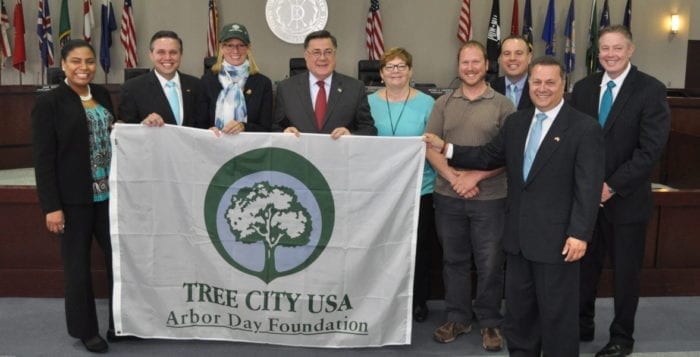






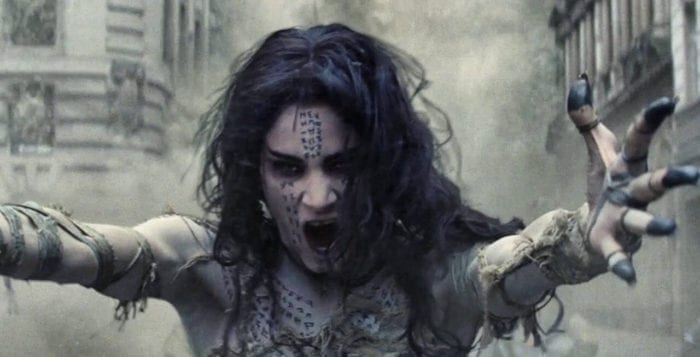






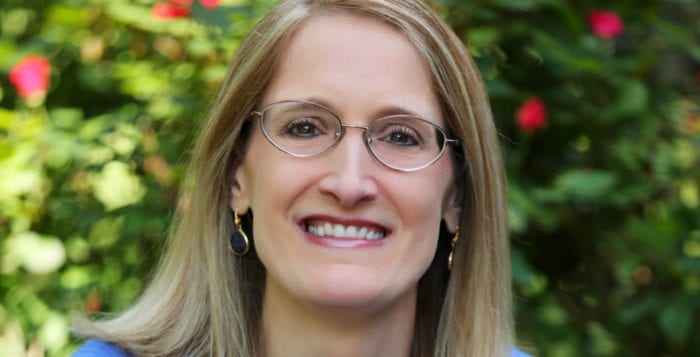
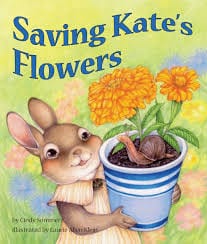 Each year, 15 books are honored from U.S. and international regions from more than 1,000 nominated books. Members of SCBWI vote to honor the outstanding work of their peers in the genre of children’s books. SCBWI is the only professional organization specifically for those individuals writing and illustrating for children and young adults in the fields of children’s literature, magazines, film, television and multimedia.
Each year, 15 books are honored from U.S. and international regions from more than 1,000 nominated books. Members of SCBWI vote to honor the outstanding work of their peers in the genre of children’s books. SCBWI is the only professional organization specifically for those individuals writing and illustrating for children and young adults in the fields of children’s literature, magazines, film, television and multimedia.


